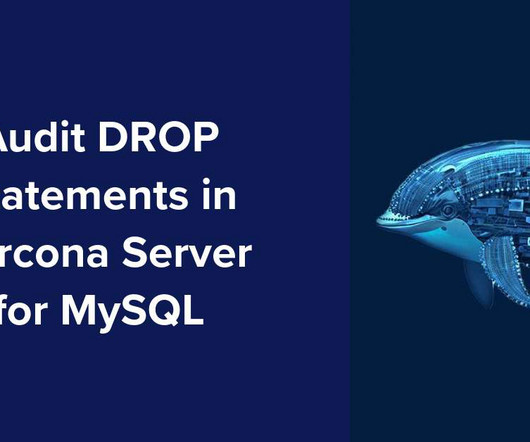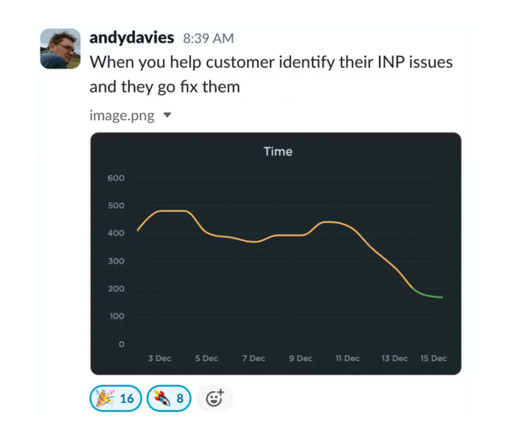Architecture Patterns: Sharding
DZone
JANUARY 2, 2024
What Is Sharding? Sharding, a database architecture pattern, involves partitioning a database into smaller, faster, more manageable parts called shards. Each shard is a distinct database, and collectively, these shards make up the entire database. Sharding is particularly useful for managing large-scale databases, offering significant improvements in performance, maintainability, and scalability.













Let's personalize your content